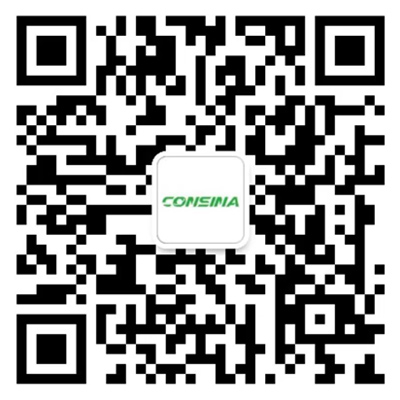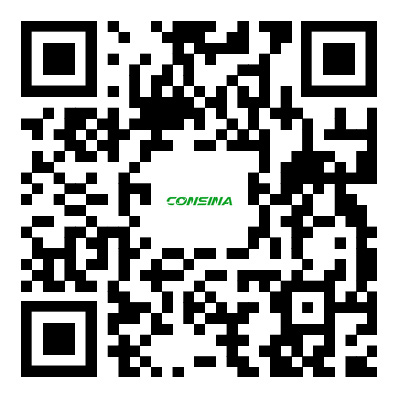How many types of test tubes are there
A commonly used instrument in chemical laboratories, used as a reaction vessel for small amounts of reagents, and used at room temperature or during heating (preheating should be done before heating, otherwise the test tube may easily burst). There are various types of test tubes, including ordinary test tubes, branched test tubes, centrifuge test tubes, etc.
What are the specifications of test tubes
The specifications of ordinary test tubes are based on the outer diameter (mm) × Length (mm) is represented, such as 15 × 150, 18 × 180, 20 × 200, etc. Centrifuge test tubes are expressed in milliliters of capacity.
What are the shapes of test tubes
1. Flat mouthed test tube: It is a round bottomed flat mouthed glass tube with a melted mouth. Flat mouth for easy disinfection and killing of bacteria at the pipe opening.
2. Roll mouth test tube: It is a round bottomed glass tube with a rolled edge (or circular mouth) at the mouth. Roll mouth (or circular mouth) is used to increase mechanical strength, while also facilitating clamping and preventing detachment.
3. Fermentation test tube: It is a thin and short (6mm diameter, 30mm long) flat mouthed, round bottomed test tube.
4. Supporting test tube: It is a flat mouthed test tube with a side branch tube, which is mainly used to connect with the suction tube. The tube mouth is inserted into the filter funnel with a rubber stopper with a hole, replacing the microfiltration bottle as the receiving bottle for microfiltration.
5. Graduated test tube: The shape is a round mouthed test tube. There is a capacity scale mark engraved on the tube body, which can directly read the measurement number and is convenient to use.
The main purpose of test tubes
1. Take liquid or solid reagents.
2. Heat a small amount of solid or liquid.
3. Prepare a small amount of gas reactor.
4. Collect a small amount of gas.
5. Dissolve a small amount of gas, liquid, or solid solute.
6. Used as a container for centrifugation.
7. Used as a reaction vessel for small amounts of reagents, at room temperature or when heated.
Precautions for using test tubes
1. When filling the solution, it should not exceed 1/2 of the capacity of the test tube, and when heating, it should not exceed 1/3 of the capacity of the test tube.
2. When using a dropper to add liquid to a test tube, it should be dropped in the air and not inserted into the mouth of the test tube.
3. To take a solid block, use tweezers to pick it up and place it at the mouth of the test tube, then slowly lift the test tube to slide the solid into the bottom of the test tube. Do not let the solid fall directly into the test tube to prevent the bottom of the test tube from breaking.
4. Use a test tube clamp for heating, and the test tube mouth should not be facing people. When heating a test tube containing solids, the tube mouth should be slightly downward, and when heating the liquid, tilt it about 45 °.
5. Heating should be evenly distributed to prevent boiling or tube explosion.
6. Do not cool suddenly after heating to prevent cracking.
7. When heating, preheat to prevent the test tube from bursting due to sudden heating.
8. When heating, keep the outer wall of the test tube free of water droplets to prevent uneven heating and bursting.
9. After heating, do not wash the test tube before it has cooled to room temperature.
10. When using a test tube clamp to pick up a test tube, slide the clamp from the bottom of the test tube upwards and clamp it in the middle and upper part of the test tube. If the length of the test tube is divided into three parts, it is reasonable to clamp the test tube clamp within one-third of the end close to the test tube mouth.
11. Apply external flames for heating.

